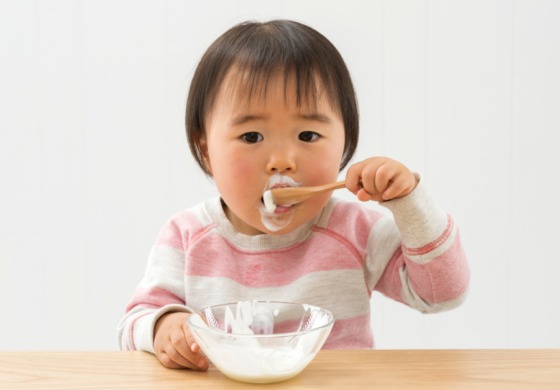What do we do in feeding therapy? Wondering what a typical feeding therapy session might look like?
Of course, there are many different approaches that we may take depending on your child’s specific needs when it comes to feeding. Sessions may look different from child to child, and from week to week. But we want to give you an idea of what to expect, so here we will lay out an example of a typical feeding session.
Planning
If preparation on your end is requested, we will come up with a plan together prior to the session and determine what foods may be offered. We often use a “food chaining” approach. That means we offer a preferred food, and then gradually make small changes to that food, to work towards a target food. This could be a change in color, texture, shape, temperature, or taste. For example, if your child likes chicken nuggets, our first session might involve peeling the breading off one nugget, or simply cutting some nuggets in half to change the shape. This would be a small step in working toward a possible goal of eating pieces of grilled chicken.
During the Session
Check-In
We will discuss any changes you have noticed since the last session, including anything that went well or was difficult with feeding. We will offer suggestions for areas that are a struggle with food; and we will celebrate the wins as well! If there have been difficulties with other areas that impact feeding (such as sensory processing or sleep), we may provide recommendations and/or refer you to resources to assist in those areas.
Sensory Activities
Eating involves every sense and can be challenging for children who struggle with sensory processing. We often begin our sessions with a messy play or movement activity. Depending on what your child’s sensory needs are, we will recommend an activity like shaving cream or a simple obstacle course. We use these activities to prime your child’s sensory system to be more receptive to the variety of sensory input they experience while eating.
Transition Activities
Washing hands and/or setting up the table can signal to your child that it is time to explore food. This allows them to adjust to the idea more slowly and can improve behavior entering mealtime and feeding sessions.
Food Exploration
We encourage caregivers to sit with their child and eat the same foods during the session. Children respond very well to modeling of our food play strategies. We may bring out several foods at once, or we may recommend bringing one food out at a time. With foods that are more difficult for your child, we will coach you in different play ideas to gradually encourage your child to move from touching, smelling, tasting, biting, and eating the foods. We use a low pressure approach that empowers your child to imitate the caregivers. Instead of expecting your child to taste or eat difficult or non-preferred foods, we celebrate the small wins that ultimately lead to stable gains in food acceptance.
Cleanup Routine
This helps your child transition away from the feeding session, and gives more routine and predictability to mealtimes.
Debrief & Planning for Next Session
After the food exploration, we discuss what progress we’ve seen during our time together. Together we will brainstorm what worked well and what we might change in the next session. We will come up with a plan of what foods to explore in the following session. We will also provide recommendations and strategies to try between sessions, and address any questions you might have.
We hope this answers some of your questions and helps you know what to expect during feeding sessions! As always, please reach out to us or set up a free consultation if you have any questions or want more information!
